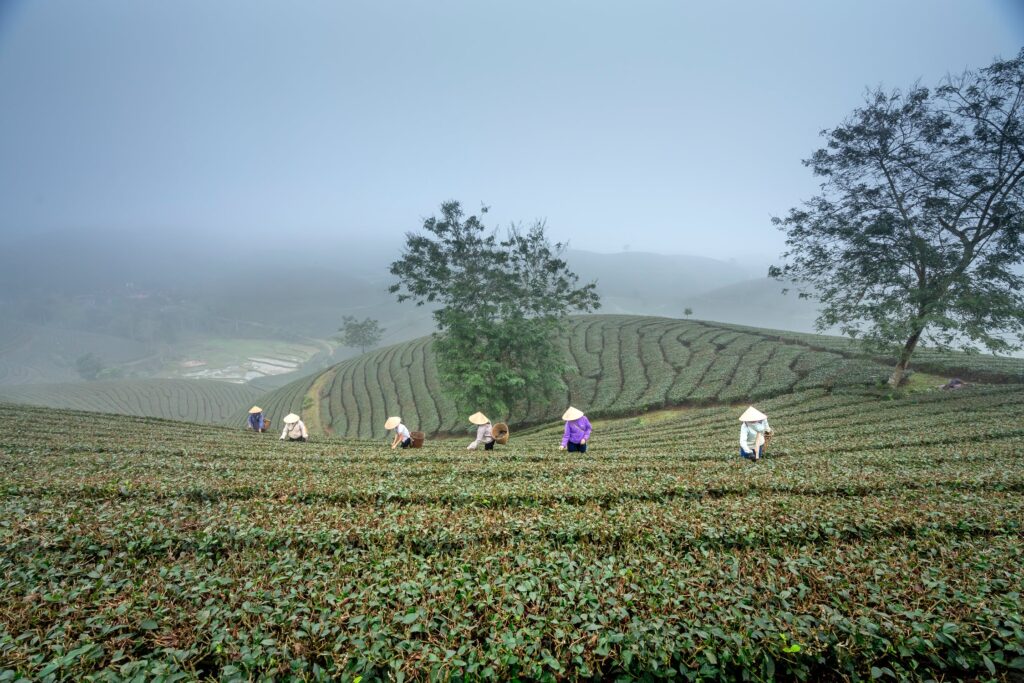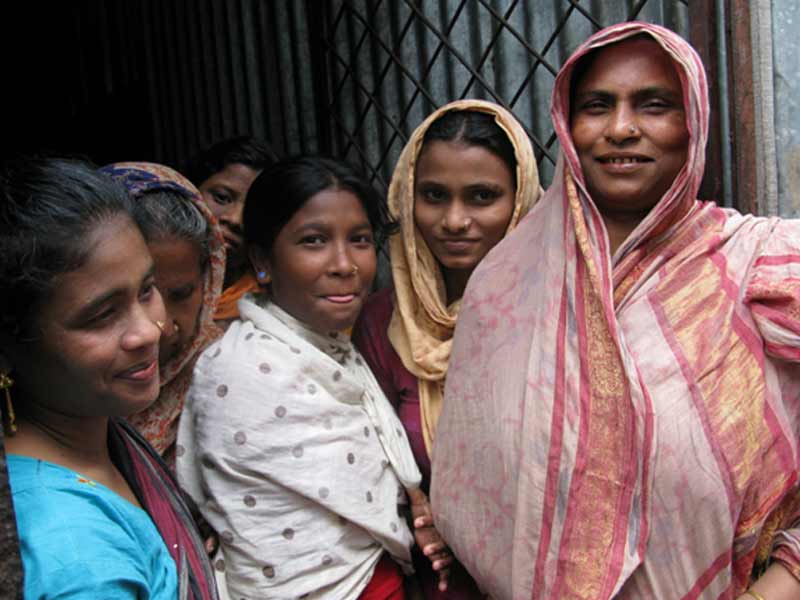
In a world where over 811 million people went hungry in 2020, young innovators are vigorously attempting to utilize technology to combat global hunger. Once the fodder of science fiction films, machine learning and AI-driven technology are already providing solutions to food insecurity.
In India, one such agripreneur (Jon Trask) is currently under contract to serve 1.3 million Indian farms with his technology, Dimitra. Powered by a series of satellites, the Dimitra platform is able to evaluate crop performance, add to that data via IoT soil sensors, and supplement it with farmer observations. The information is then fed into a machine learning algorithm which helps farmers make better decisions about how to prepare, sow, care for, and harvest crops – then get them to market.
Companies like Blue River Technology and Harvest CROO Robotics have developed robots that are trained to control weeds and harvest crops at a faster pace than humans. These AI-enabled technologies open up a huge opportunity for small farmers. If countries can make investments in digital technology, the world will be better prepared to produce food for the 21st century.
Another major challenge for farmers are pests such as locusts and grasshoppers destroying their crops. With AI in farming, agripreneurs have now developed a defense against such insects. Employing satellite imagery and AI algorithms, data companies are now equipped to send farmers alerts on their smartphonesbefore pests descend upon their farm.
Soilless farming is another modern technology helping to ensure food security. One such company focusing on this method is PS Nutraceuticals. They employ aeroponics farming, which entails suspending the roots of crops in air and applying mists. This system requires less labor, less electricity, less water and also yields quicker crops with limited pests.
Not only is technology being used to aid farmers in crop production, companies like Precision Livestock Technologies seek to help farmers better manage their animals. PLT uses artificial intelligence to provide livestock producers actionable insights that drive higher profits, better quality, and improved animal health.
Young agripreneurs around the world are creating technologies with one of the most positive goals imaginable –– ending hunger. That being said, it’s important that the main pillar of artificial intelligence (data), be tailored specifically to individual local farmers and relevant to their crops. AI’s real-time access to holistic, understandable data can help mold a new and regenerative future.
While these solutions are expensive in their early stages of development, they are likely to become more accessible. Farmers in underserved countries must become a focal point of the conversation and development of these technologies. They’ll require education, infrastructure, and better access to markets so they can sell their products.
Artificial intelligence and technology has already reached a point where the production of farms can be doubled, subsequently increasing their income and producing more food for the world population. No country’s economy is untouched by agriculture. With access to the right tools, even the smallest of farms gain the ability to combat poverty, soil degradation and end world hunger.



